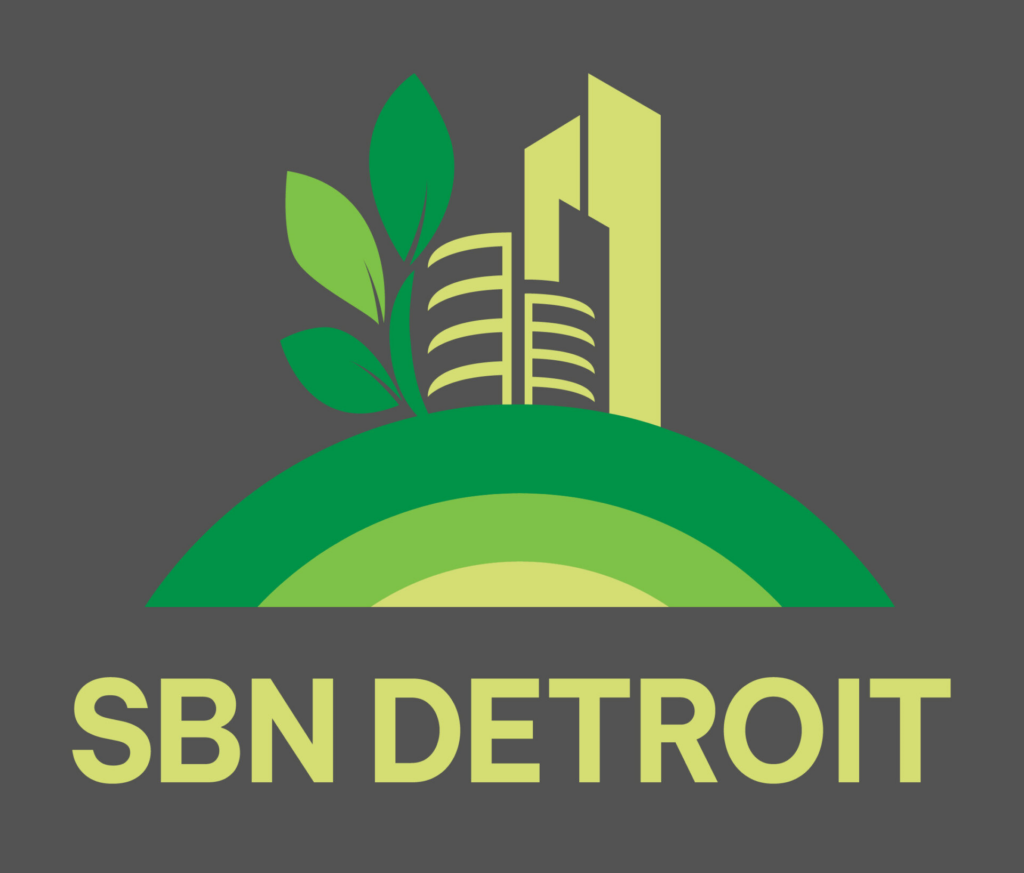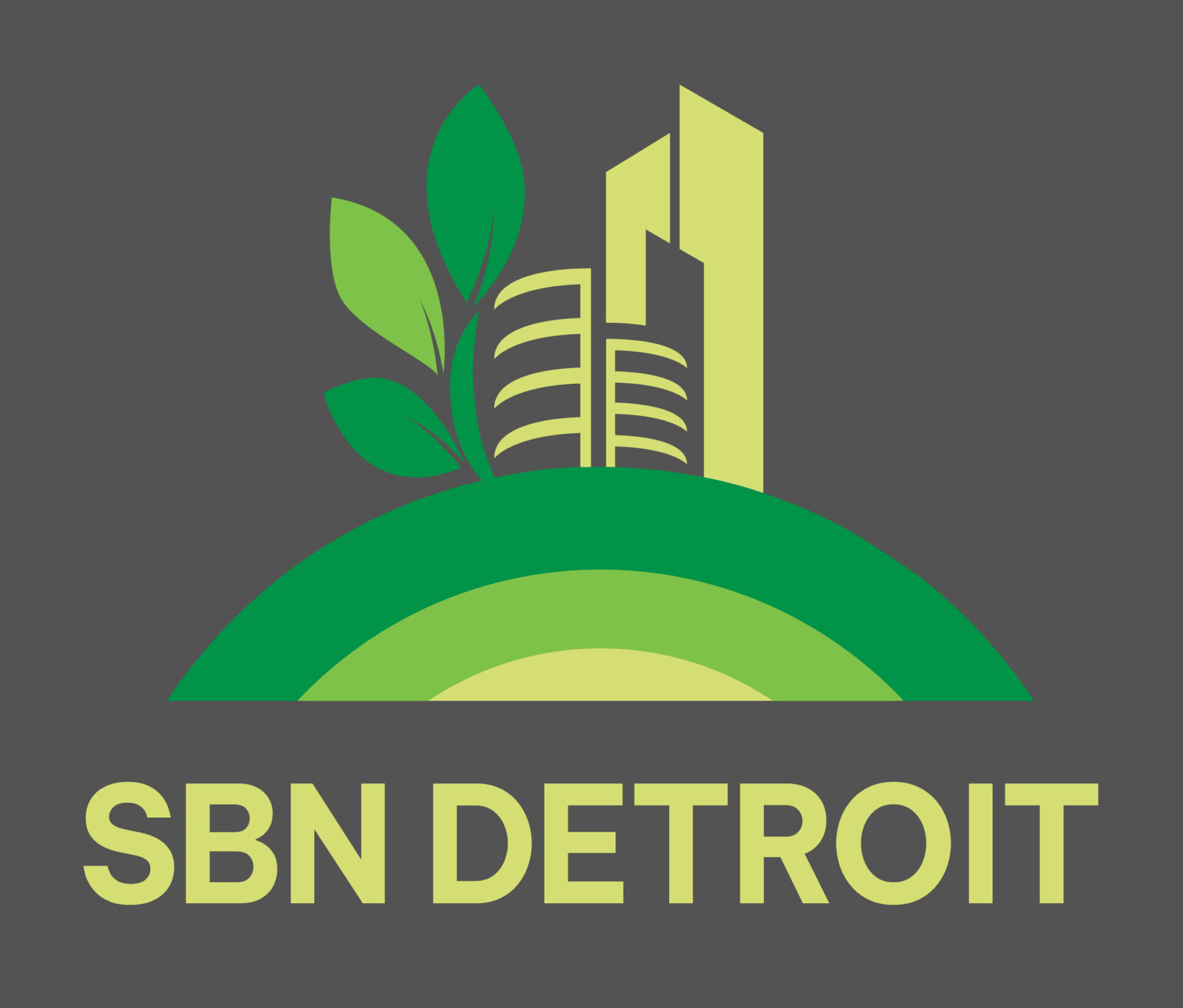Designing for the Future: How HED Approaches Sustainable, Integrated Design Delivery
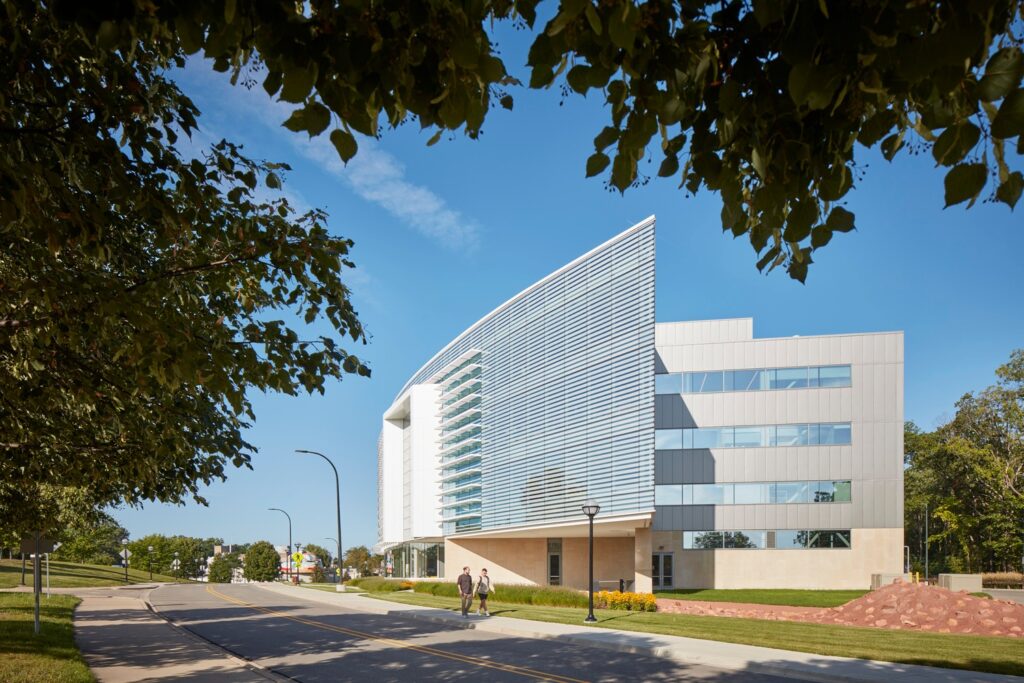
HED is an integrated design, architecture, and engineering company founded in Detroit with a Royal Oak office and a national presence, dedicated to designing high-performing, sustainable spaces that enhance lives and strengthen communities. The firm collaborates with both public and private clients to address the complex challenges of decarbonization and climate resilience. SBN Detroit interviewed Daniel Jaconetti, National Sustainable Design Leader, and Thomas Hoff, Mechanical Engineering and Sustainable Design Leader, to explore the realities of achieving net zero, what clients are prioritizing in Southeast Michigan, and where sustainability efforts must go next. Q: As we approach 2030, how realistic is the industry-wide goal of achieving net-zero operational and embodied carbon in buildings, and where are the biggest gaps today? Jaconetti: Whether or not it’s “realistic” is beside the point; the goal is what is necessary. Scientists have defined what the atmosphere can tolerate, and we’re working backwards from there. The American Institute of Architects (AIA) has set a target of net zero energy (operational greenhouse gas emissions or “carbon”) by 2030 and net zero embodied carbon by 2050. That first part — net zero energy — is readily achievable for many, if not all. However, 2030 is less than five years away, and even if we think we may fall short, we can’t take our foot off the accelerator. One of the biggest gaps right now is energy modeling. We have the tools, but too often, energy modeling is done late in the design process. If we model earlier, we can make smarter decisions upfront, decisions that shape a building’s performance for decades. Q: What trends or client demands are driving sustainability in architecture and engineering, especially in Michigan? Hoff: The most immediate driver is cost. More efficient buildings are simply cheaper to operate and easier to manage, especially when extreme weather hits. Energy efficiency and resilience go hand in hand, and that’s an easy sell. We’re also seeing more clients who want to lead by example. They’re not just aiming for code minimum; they have their own climate goals and want to build high-performance environments that align with their values. Those are fantastic clients to work with because they’re already motivated and looking to push the envelope. Q: What are the most common challenges you face when trying to decarbonize a project? Jaconetti: The biggest challenge is often understanding. There are still knowledge gaps in what “decarbonization” actually means. Sometimes clients — even large manufacturers — are under pressure from global partners to “decarbonize” but don’t know what that entails. So, we start by educating and aligning on definitions. Another issue is that the term “net zero” itself has been made confusing, sometimes defined as just being better than a baseline. That muddies the water. Let’s be honest and consistent about what we’re doing and why. This isn’t a branding exercise. It’s an existential issue for humanity. Q: How do you communicate the long-term value or ROI of sustainable design to clients focused on short-term costs? Hoff: Energy modeling is key. We can take a theoretical building and compare design options, showing exactly how much money (and energy / GHG emissions) a client might save over 5 or 10 years. It’s about shifting the conversation from low first cost to lifecycle cost (or total cost of ownership). When we model early in the design process, we can shape the building to hit more favorable payback windows and improve ROI. In most cases, you spend a little more up front and gain a lot more over the long haul. Q: Can you share a recent Michigan project that exemplifies sustainability, and what made it successful? Hoff: One great example is the renovation and addition of the Alexander G. Ruthven Building at the University of Michigan. The original building was an old museum — architecturally iconic, but outdated and inefficient. We helped transform it into a modern administrative and classroom facility, incorporating chilled beams, a VAV hot water system, and high-performance design throughout. It’s now LEED BD+C NC V4 Gold certified. Even more important: we took a forward-thinking approach to the campus’s future. Although we needed to connect to U-M’s central steam plant in the near term, we designed the systems to be able to evolve into a more efficient central hot water system in the future, to align with their long-term sustainability goals. That kind of systemic thinking is what helps make a project truly sustainable. Q: How do public vs. private sector clients approach sustainability, and how does that play out in Southeast Michigan? Jaconetti: In our experience, both sectors are committed, but the way they document and communicate that commitment can differ. Public clients are often more visible and accountable to constituents, so there’s a strong emphasis on modeling, metrics, and transparency. Private clients, especially those with ESG reporting obligations or international affiliations, can be just as rigorous. What varies most is the degree of certification or formal documentation they pursue. Hoff: In the public sector, particularly with projects like laboratories or civic buildings, the long-term horizon is often more accepted. These clients understand that resilient design can mean lower operating costs over decades — and that aligns well with public funding structures. Q: What role does retrofitting existing buildings play in decarbonization, and how does that differ from new construction? Jaconetti: As architects, we love the blank slate of new construction — it allows us to optimize everything. But the most sustainable building is often the one that already exists. About 50% of a building’s embodied carbon is in the structure. If we can reuse that structure, we’ve already made major progress. That said, we must evaluate trade-offs carefully. Upgrading systems to all-electric, for example, might not make sense if the embodied carbon of those new systems outweighs the operational benefits. Every retrofit has different variables, it’s a nuanced equation, and we have to be honest about the priorities and data behind our decisions. Q: What technologies, policies, or behaviors will be most important in accelerating
Michigan Green Communities is Moving Community Sustainability Initiatives Forward
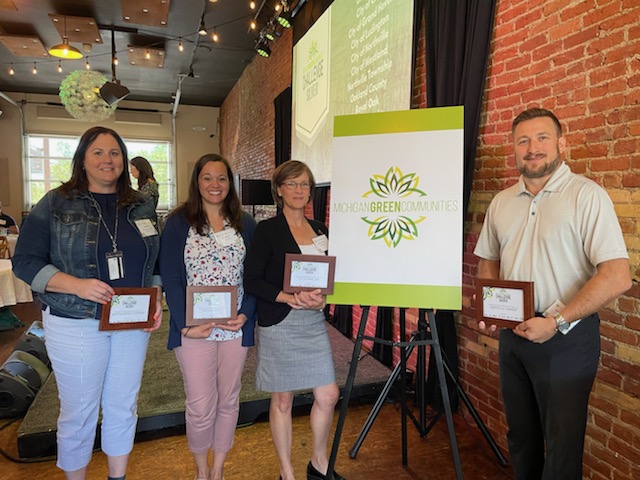
Established in 2009, Michigan Green Communities (MGC) is a statewide sustainability assistance program that works to embed sustainability into municipal and county operations. MGC is a collaboration and partnership of the Michigan Economic Development Corporation (MEDC); the Michigan Department of Environment, Great Lakes, and Energy (EGLE); the Michigan Department of Health and Human Services (MDHHS); Michigan Department of Transportation (MDOT); the Michigan Department of Natural Resources (MDNR); the Michigan Association of Counties (MAC); the Michigan Municipal League (MML); and the Michigan Townships Association (MTA). It is led by a 15-member steering committee from the partners and local governments, including West Bloomfield Township, Ann Arbor, and Canton Township. SBN Detroit spoke to Danielle Beard, Michigan Green Communities coordinator, to find out more about the work it is doing to impact sustainability initiatives in Southeast Michigan and throughout the state. Q: What is Michigan Green Communities? A: Michigan Green Communities (MGC) is a sustainability benchmarking, networking, and technical assistance program for municipalities and counties in Michigan. The goal is to embed sustainability in local government operations and promote innovative solutions at the local, regional, and state level. The main component of the program is the annual MGC Challenge (that’s the benchmarking piece) where communities track in their online accounts whether they’ve completed or are in progress on a set of action items and log metrics (click here for the full list of action items and metrics). Communities that participate in the MGC Challenge have access to free support and technical assistance programs through the MGC program and EGLE’s Catalyst Communities program. Q: What is the impetus behind MGC? A: There are a lot of benefits to embedding sustainability into municipal and county operations. Cost savings is a big driver for communities as they can slash their energy and water bills, helping them control the cost of their operations. Additionally, Michigan’s weather patterns are changing drastically, and local units of government play a large role in adapting our society to these changes. Local policies and decisions can help to mitigate the effects of heat waves, severe snowstorms, massive rain events, and more. Multiple state agencies interact with communities on different areas of sustainability. The MGC program was designed to bring those agencies together to collaborate on how to best meet the needs of local governments. And because local governments are also on the steering committee, they’re providing feedback to state agencies on the challenges they face to inform the agencies’ work. Q: What areas of sustainability are you focused on? A: The Michigan Green Communities program focuses on embedding sustainability into local government policies, programs, and operations. The MGC Challenge action item categories outline this best: Planning for Inclusive and Lasting Impacts Climate Resilience and Adaptation Energy Efficiency & Renewable Energy Responsibly Managing Materials Sustainable Land Use & Economic Development Improving Health Outcomes Protecting & Conserving Water Resources Support Clean & Inclusive Mobility Inspire & Mobilize Residents Q: What examples can you give of the work that’s been done? A: Since it was started in 2009, over 100 communities have participated in various ways and taken steps to advance sustainability in their communities. In our 2021 challenge: 45 communities participated representing 3.6 million Michiganders. MGC awarded 12 bronze certifications, 10 silver certifications, and 23 gold certifications. Over 1,500 sustainability actions were logged as complete, and over 1,000 were logged as in progress. The MGC Challenge added a set of metrics to track data like GHG (greenhouse gas) emissions, community water use, and more. We launched the MGC Accelerator Cohort to advance sustainability practices in bronze & silver MGC Challenge communities. The current challenge is now live, and communities can report on their sustainability actions through the 2023 calendar year. Q: What does the future look like for MGC? A: In short, the future of MGC will involve bringing more technical assistance, resources, and templates to communities to help them expedite resiliency strategies and decarbonize their operations. This will also involve more networking among communities so they can learn from one another and not reinvent the wheel. We launched the MGC Accelerator Cohort in January 2023, which is a group of bronze and silver-certified MGC Challenge communities that come together as a group to address sustainability issues. The first topic that we’re focusing on is green infrastructure. Many communities in Michigan have been dealing with flooding and water runoff causing pollution, fluctuating shoreline water levels, and severe weather events. Green infrastructure solutions can help to address these issues in a way that protects man-made infrastructure and natural features. The group will meet monthly with subject matter experts and consultants that MGC has hired to share ideas, draft ordinance language, and identify potential implementation opportunities and funding for green infrastructure projects. After the green infrastructure module, the cohort will select another topic to work on in a similar style. The cohort is open to any community that has taken the previous Michigan Green Communities Challenge or plans to participate in the current Michigan Green Communities Challenge. This work is being funded by the MEDC. Be sure to subscribe to our newsletter for regular updates on sustainable business practices in and around Detroit.
Actionable Sustainability Initiatives for Businesses from Detroit’s First Director of Sustainability
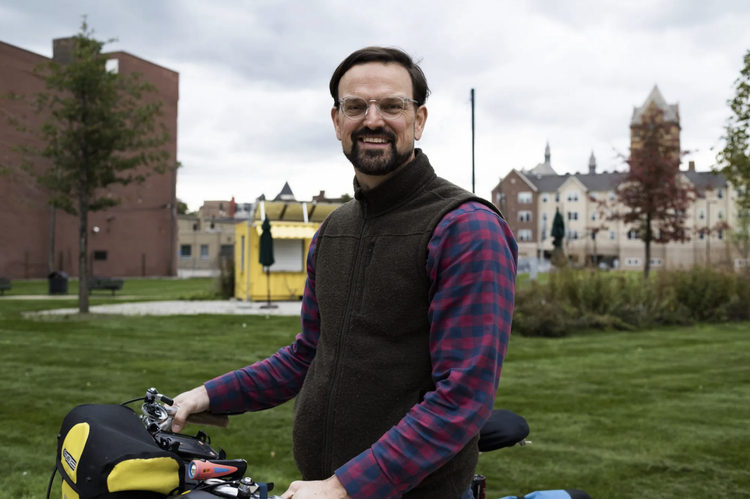
Joel Howrani Heeres, Detroit’s former, first, sustainability director, shared his thoughts about tangible initiatives businesses can integrate to work toward a cleaner environment. In his role, Howrani Heeres provides strategic leadership, tactical guidance, and technical skills to drive triple bottom line (environment, equity, & economics) strategy and actions to help Detroiters improve their lives by creating a healthier, greener, more vibrant city for all. Under Howrani Heere’s leadership, the Office of Sustainability had over 6,800 interactions with Detroiters and fostered partnerships with neighborhoods, businesses, and philanthropic and non-governmental organizations working to make Detroit more equitable, economically thriving, and environmentally healthy. Before taking this position, Howrani Heeres led sustainability and climate action planning at EcoWorks and served as managing director of the Southeast Michigan Regional Energy Office for DTE Energy. We asked him to share some steps that businesses can take to reduce energy and water usage as well as ensure residents are not experiencing impacts from climate and climate change. Track energy and water usage You manage what you measure, so start measuring. Data shows that once you begin tracking usage you’ll begin saving 3% in energy costs. A good opportunity for businesses to begin measuring and reducing energy waste is to join the Detroit Energy Challenge. This was launched in collaboration with the Detroit 2030 District and Michigan Battle of the Buildings, and it’s a free and friendly competition. Conduct an energy audit Doing a walk-through with an expert to point out things that can be done to save energy is invaluable. Within the city, we’ve conducted these audits now on 155 buildings and identified conservation measures that we are implementing. There are several audit programs available, such as DTE’s Business Energy Consultation. Update lighting A low-hanging fruit initiative is to update to LED. The cost to do so is coming down, and the cost of electricity is rising, so this is a win/win. Integrate renewables Integrating renewable or solar energy is a great action to take, especially if the electrical load is high. Companies can get a 26% tax credit for investing in solar. Check out the Detroit Solar Toolkit to identify your building’s solar potential. Join the global Race to Zero campaign Race To Zero participants are committed to achieving net-zero carbon emissions by 2050 at the latest. The city of Detroit has joined the campaign. Race to Zero’s intent is to rally leadership and support from businesses, cities, regions, and investors for a healthy, resilient, zero-carbon recovery that prevents future threats, creates decent jobs, and unlocks inclusive, sustainable growth. Electrification To get to net zero we must also think about electrification. We know we can clean the grid and introduce renewables, but we cannot clean natural gas. When you consider the cost of maintenance, gas, and parts on a gas-run vehicle, the total cost of electric vehicle ownership makes sense economically as well as environmentally. DTE offers a Charging Forward rebate program, so it pays to be an early adopter. Make investments in climate resilience We all remember last year’s flood event, and climate projections tell us that we’ll continue to see more and more extreme storms. Installing things such as backflow preventers, sump pumps, and generators are great considerations. Engage with neighbors Being a good corporate citizen and good neighbor reaps great benefits. I think businesses should talk to their communities and ask what things would make the neighborhood better. Also, look around at the land you own. Plant trees. Invest in biodiversity. Interested in getting assistance in setting up a sustainability program? Howrani Heeres points to DTE as a resource and also B Corp certification, a designation that a business is meeting high standards of social and environmental performance. Be sure to subscribe to our newsletter for regular updates on sustainable business practices in and around Detroit.
